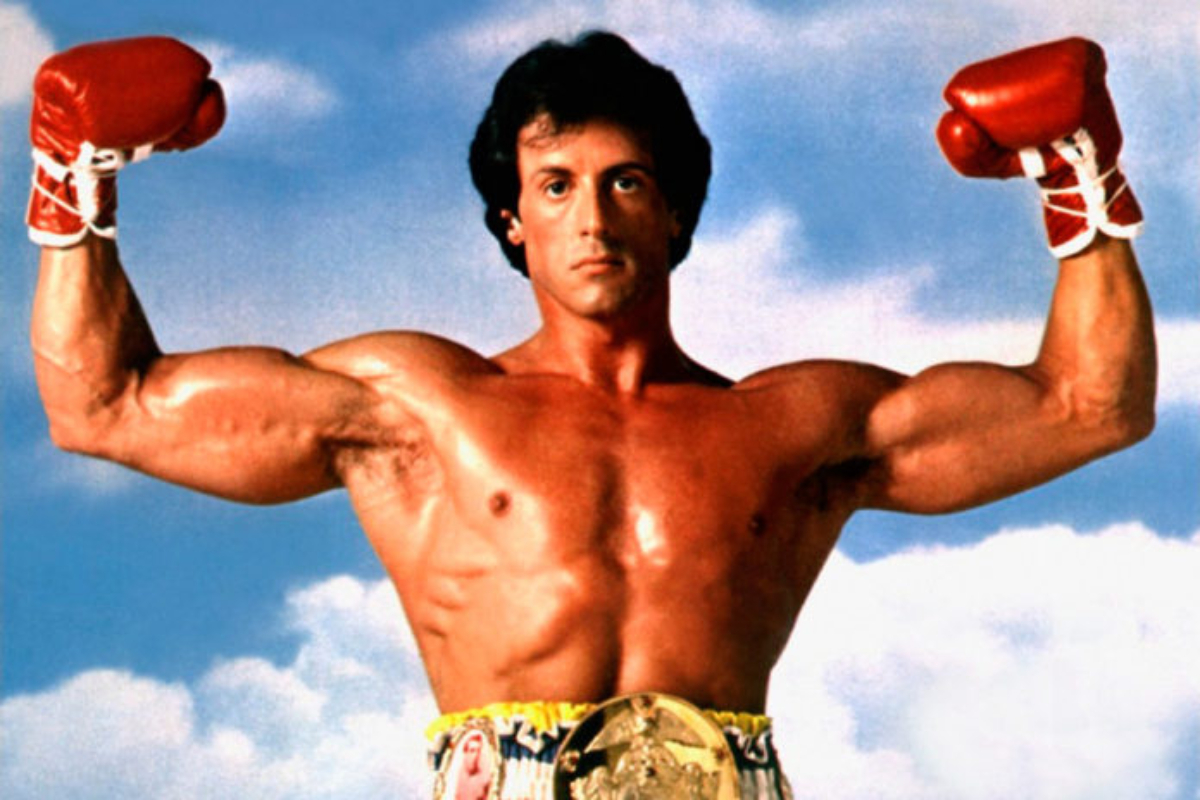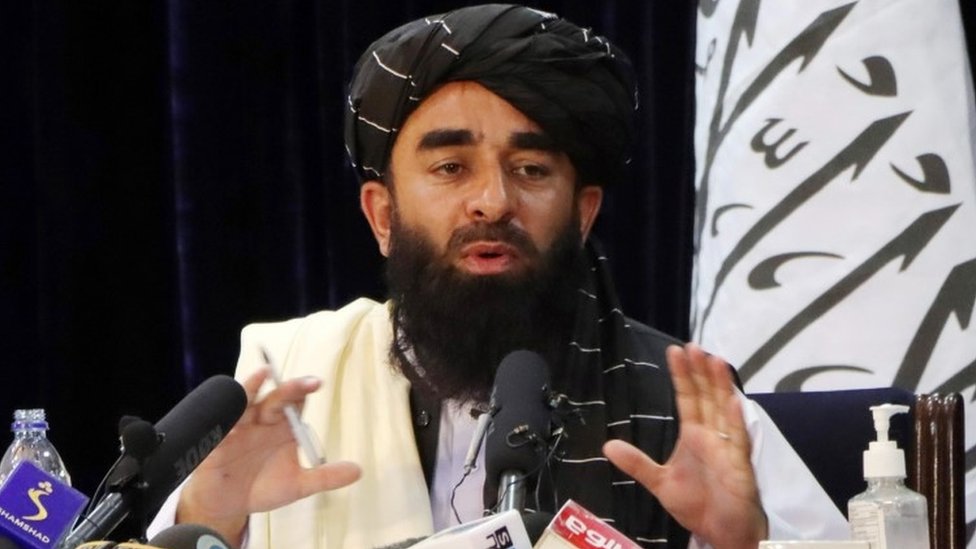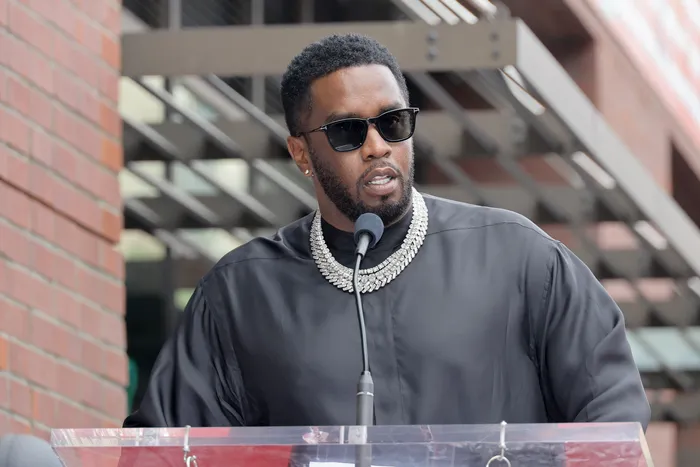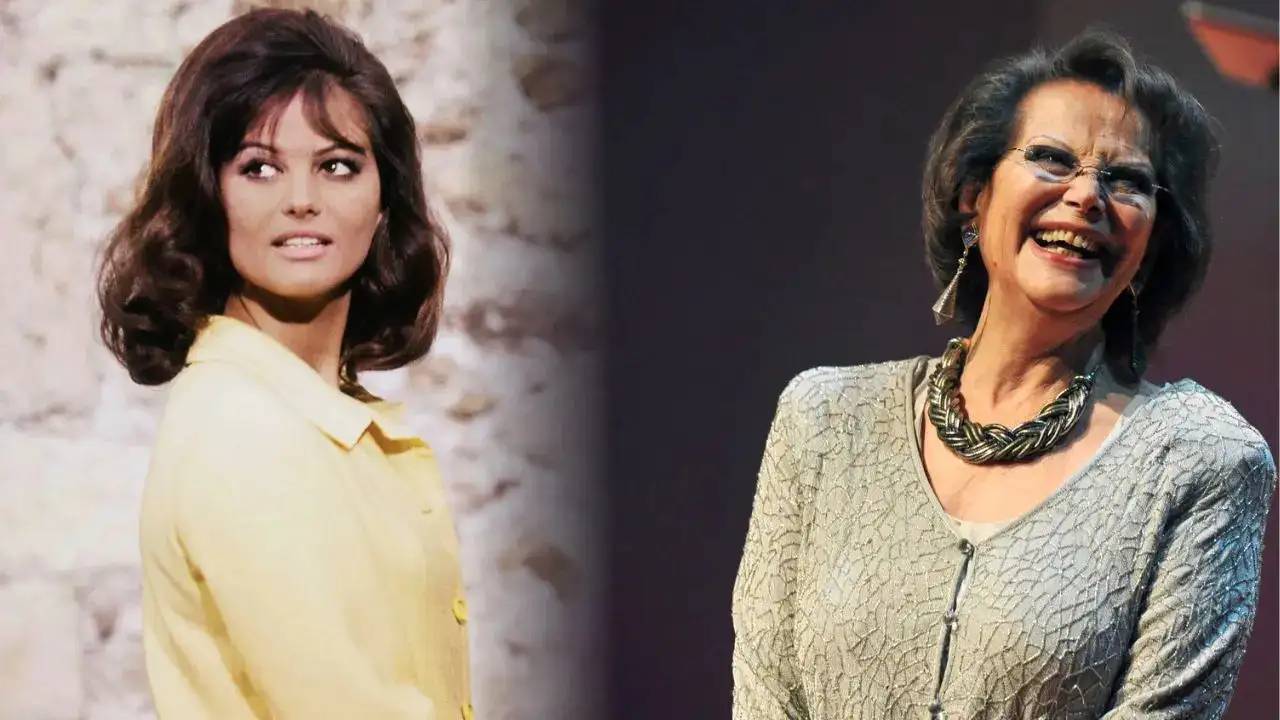- It is apparent that Philadelphia’s setting is portrayed as a character in the same mold.
- Rocky’s gloomy urban setting makes it engaging.
- Rocky’s ensemble of characters is timeless, but they are all products of ’70s Hollywood.
For a number of reasons, Rocky has remained a classic and timeless movie over the years, including creating a franchise that is still in operation, launching Sylvester Stallone’s career, acting as a mythical figurehead for Philadelphia, and serving as a model for contemporary sports movies and stories about inspirational underdogs.
Strangely, a modest character drama from 1976 about a struggling boxer who gets a chance to compete against the heavyweight champion rose to these heights. It demonstrated the fundamental ways in which life may resemble art when Stallone, who created the movie and is still the author of the series, rose from being a struggling actor in the 1970s to super-stardom after receiving the Best Picture award for his big break. Let’s not forget that the first installment of a well-known franchise was a somber and realistic character drama from the 1970s.
The 1970s in American cinema are a period that is frequently honored in both film and art generally. The phrase “feels like a ’70s movie” is the highest praise a filmmaker can receive. The New Hollywood era, which gave rise to some of the most celebrated moviemakers ever, including Martin Scorsese, Francis Ford Coppola, and Mike Nichols, firmly established directors as genuine authors of movies.
The typical movie from the “movie brats” was always nothing short of thought-provoking, either with analyses of the morally bankrupt core of society or with character studies of profoundly complex individuals. The period came to be defined as the antithesis of Traditional Hollywood.
Hollywood’s origins in glitter would be deconstructed by New Hollywood, which would show the darker side of America, a country that has recently had a number of political assassinations and presidential scandals. The Conversation, a depressing psychological thriller, or Dog Day Afternoon, a brutal crime drama about outcasts, are spiritually connected to an inspirational story like Rocky. Although it may have been lost as a result of franchising, the Rocky Balboa (Stallone) tale is a genuine ’70s movie on both the surface and in its deeper text.
The Role of “Rocky” in 1970s Film
Real settings, one of a movie’s core components, were captured by director John G. Avildsen. Avildsen’s previous film, Joe, is a good indication of his New Hollywood views because it functions, in hindsight, like a test run for Taxi Driver.
It is apparent that Philadelphia’s setting is portrayed as a character in the same mold as the characterization of New York City in Mean Streets and The Taking of Pelham One Two Three, despite the cliché nature of the statement. Rocky’s gloomy urban setting makes it engaging. The city’s authentic background noises define the film’s grounded tone and complement the humble origins of a loan shark enforcer and part-time boxer in Rocky.
The metropolis of brotherly love is surrounded by an aurora of disintegration. The streets of the city appear abandoned and desolate in captivating photographs. The standard method in 1970s filmmaking was to take the city where America was founded and show it as its most depressing. The gloomy streets and dilapidated building interiors lend Rocky a tragic air.
Although he has a great heart, his environment ultimately oppresses him. He confesses in a state of worry before his fight with champion Apollo Creed that the movie’s Philadelphia is a constant reminder to him that, despite his unwavering goodness, he will remain “just another bum from the ghetto” (Carl Weathers). He may not develop violent inclinations like Travis Bickle as a result of his surroundings, but he will always feel insecure.
Rocky’s ensemble of characters is timeless, but they are all products of ’70s Hollywood. Stallone truly excels in his breakthrough performance. On the Waterfront clearly shows Marlon Brando’s effect, and Brando himself had a significant influence on the actors of the time. Adrian (Talia Shire) is an unconventional romantic lead female character.
She is shy to the point of being unwelcoming, but like Rocky, she suffers from the economic tyranny of her living situation as well as from the emotional abuse she receives from her brother Paulie (Burt Young). Paulie is simply a supporting character, which is a slight departure from the majority of 1970s movies; in contrast, in other transgressive character studies of the era, he was the main character who you were supposed to empathize with.
Despite being Rocky’s friend, he is resentful of the chance to battle Apollo and the rest of the world. Mickey, Rocky’s trainer (Burgess Meredith), appears to be hardly more than a stern and irritable motivator. He feels sorrow, guilt, and the terrifying knowledge that his life was a waste. The scene where Mickey and Rocky decide to train together is purely the ’70s. They each disclose the resentment they held for the other inside a run-down flat, particularly over Rocky’s perception that Mickey had passed him by years earlier.
Thematic Subversions of the “Rocky” Underdog Narrative
By the time the series continued into the 1980s, Rocky was no longer about a regular guy trying to make ends meet but rather a Herculean warrior taking on Russian cyborgs in a struggle that had an impact on Cold War tensions between the United States and the Soviet Union. Rocky feels betrayed when his gym locker is taken away in the 1976 Avildsen movie. Even though he is gregarious and charismatic, he is wary of the public attention that his match with Apollo will receive.
The electrifying training sequence, which is accompanied by Bill Conti’s “Gonna Fly Now” and ends with Rocky racing up the steps of the Philadelphia Museum of Art, will live on in the film’s legacy and the franchise as a whole. The series and the canon of sports movies as a whole have come to be defined by this terrifying instance of individual triumph, but Rocky stands apart from the other members of the pact thanks to a daring storytelling decision made in the scene’s aftermath.
Only in the 1970s would a protagonist’s seeming achievement of a personal triumph be undermined by their own fears and uncertainties. Rocky makes a somber revelation to Adrian about his fear of facing Apollo in the ring since he knows he will lose. Rocky’s anxiety undercuts the training montage’s joy as well as the situation’s stark realism.
In 1970s movies, harsh realities had a strong impact because it was widely accepted that Rocky couldn’t defeat Apollo. As Rocky approaches the ring the night before the fight and examines the enormous billboard of himself hanging in the air, it creates one of the movie’s most striking visuals. After realizing that his poster portrays him as sporting the incorrect color shorts, he is left with lasting pain.
[embedpost slug=”alia-bhatt-drops-her-new-look-from-rocky-aur-rani-ki-prem-kahani/”]





















